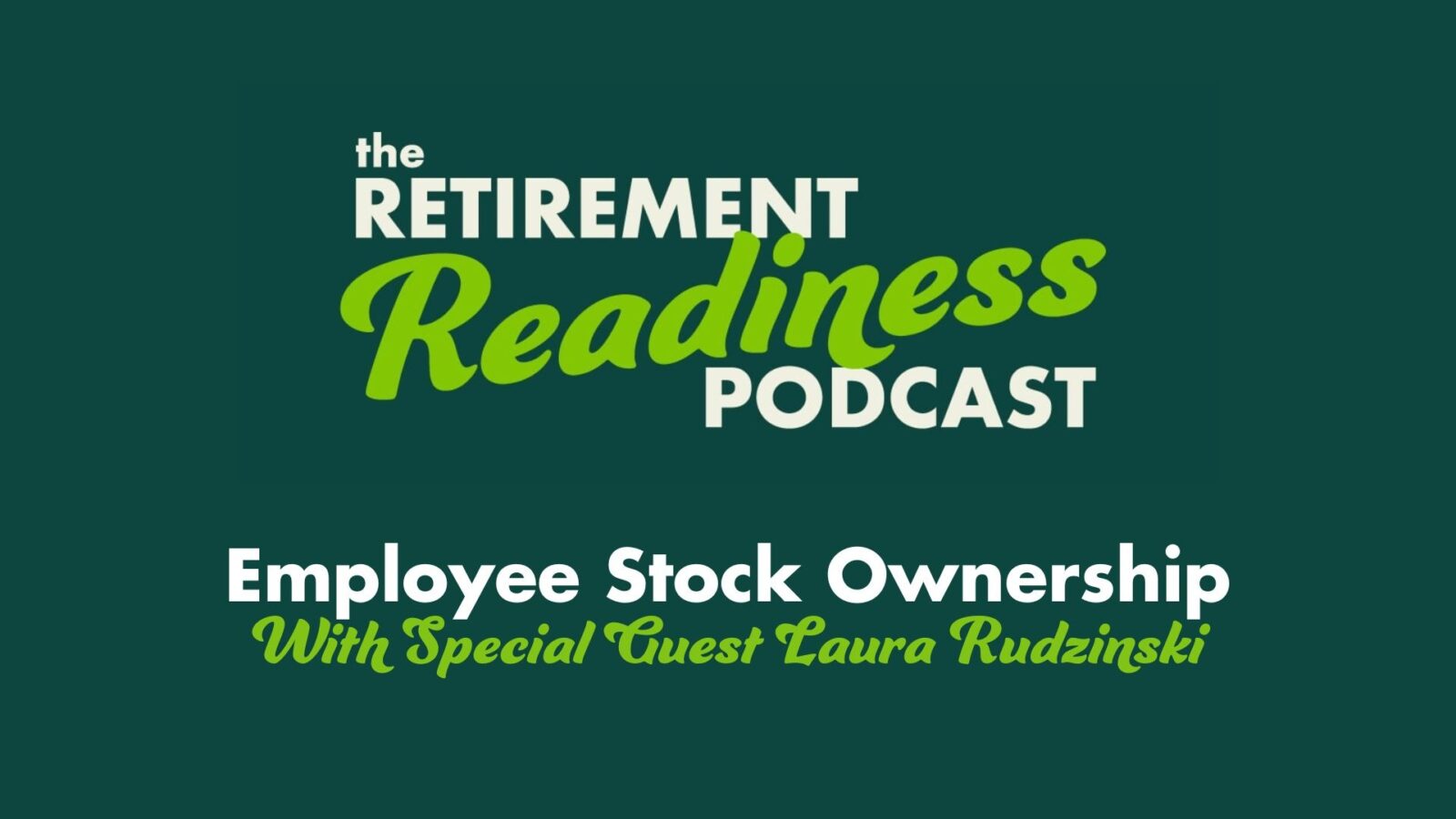#73: Employee Stock Ownership: Special Guest Laura Rudzinski
Retirement planning often centers on 401(k)s, IRAs, and Social Security, but for some, there’s a game-changer hiding in their benefits package: the Employee Stock Ownership Plan, or ESOP. In Episode 73 of The Retirement Readiness Podcast, host Tim Regan sits down with Laura Rudzinski—veteran employee, executive, and ESOP participant—to explore how these plans can supercharge your retirement journey, demystify their structure, and offer a unique sense of ownership that goes beyond a paycheck.
What Exactly Is an ESOP?
An ESOP is more than just another retirement plan. It allows employees to become part-owners of the company they work for by accumulating company stock over the years. As Tim explains, unlike traditional stock purchase plans (common in publicly traded companies and usually offered at a discount), ESOPs actually facilitate the sale of a privately held company to its employees—sometimes transforming the entire company culture in the process.
Laura’s company transitioned to this model 20 years ago. Employees could initially roll over funds from their 401(k) into the plan, and now the company match is automatically contributed to the ESOP. The impact? Over 96% of employees at her company are owners—not just in name, but with a direct financial stake in the business’s success.
Wealth Creation: The ESOP Advantage
When Laura’s CEO first pitched the concept, he emphasized two goals: employee control over the company’s direction, and “creating wealth.” At the start, the term “creating wealth” didn’t fully resonate. But with time—and as the company thrived—Laura experienced the very real financial benefits. The ESOP didn’t just supplement her and her husband Rich’s 401(k)s; it broadened their retirement horizon, giving them greater flexibility and the ability to choose when to retire rather than being forced to work longer.
For Laura and Rich, the ESOP made the difference between a “comfortable” and a “truly comfortable” retirement. It’s the kind of wealth-building that sneaks up on you—quiet, consistent, and substantial.
Navigating the Risks: Concentration and Liquidity
Of course, owning a large chunk of your retirement in one company’s stock isn’t without risk. Tim wisely points out the “concentration risk”—the danger of having too much invested in one place, particularly in a non-public company stock that can be illiquid (hard to turn into cash quickly).
Laura admits it’s easier for her to feel comfortable since she’s an insider and involved in company leadership. Market shocks, like COVID-19, tested that comfort—her company’s ESOP valuation took its only hit in 20 years due to the sudden halt in in-person client events. It’s a reality check: if the company faces headwinds, employees’ jobs and retirement balances can both be threatened.
But transparency has helped. Employees get regular updates on budgets, profits, and business direction, so they’re not flying blind. Plus, after 10 years of participation (and/or upon reaching age 55 with their plan), employees can diversify by moving up to 20% of their ESOP holdings per year into their 401(k), lowering their exposure if needed.
The Psychological Impact: More Than Just a Benefit
ESOPs don’t only pad retirement savings; they profoundly change how employees relate to their work. Laura feels more invested in her company’s success, knowing that her effort directly affects her financial future—a sentiment echoed by her colleagues. For executive-level employees especially, the ESOP adds a powerful incentive to stay and contribute.
Notably, this structure fosters longevity. Companies with ESOPs are likely to see longer tenures, and a stronger sense of purpose among employees. There’s even an ESOP Association that tracks such trends!
Final Thoughts: Should You Join an ESOP?
Laura’s advice is clear: if you have access to an ESOP, don’t wait—get started now. The earlier you participate, the greater your potential returns. Make sure you have a trusted advisor who understands the unique ins and outs of ESOPs to help you strategize and diversify.
ESOPs aren’t a silver bullet for everyone, but as Tim and Laura demonstrate, with the right company and the right approach, they can be a powerful part of your retirement playbook—offering wealth, choice, and a meaningful stake in the future you’re building.
If you want to dive deeper or ask questions about ESOPs and retirement strategies, check out more resources at pv-wp.com and don’t miss upcoming episodes of The Retirement Readiness Podcast.





















